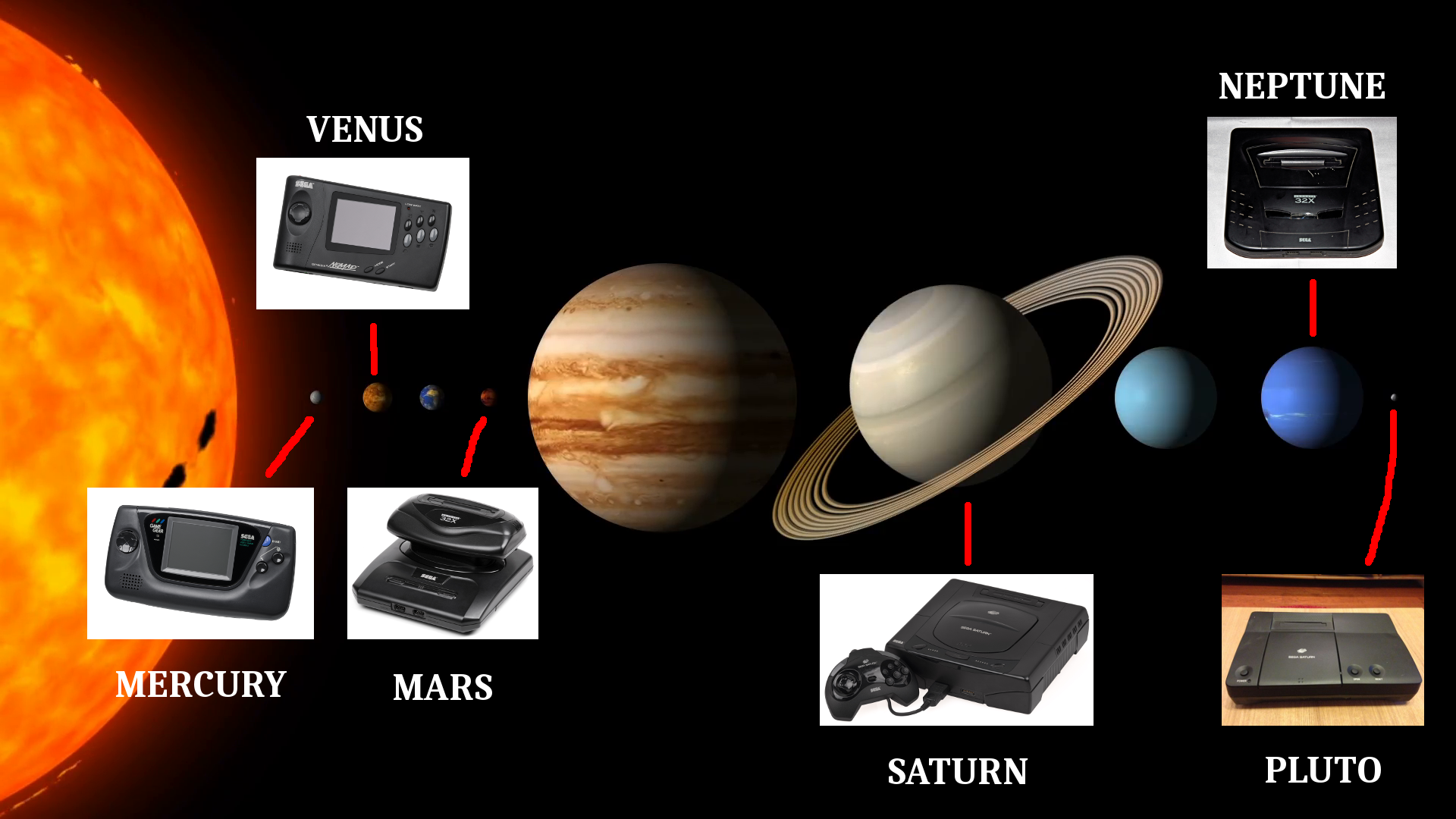Company: Sega
Kurohyou: Ryuu ga Gotoku Shinshou
Battletoads
Jet Grind Radio
Alien Soldier
Rez
Crazy Taxi
The King of Fighters XI
The Cave
Mario & Sonic at the Olympic Winter Games
Fighters Megamix
Arnold Palmer Tournament Golf
Company of Heroes 2
Asteroids
Persona Q: Shadow of the Labyrinth
Sonic Adventure 2: Battle
Persona 4 Arena Ultimax
Sonic and the Black Knight
The Murder of Sonic the Hedgehog
Yakuza 2
Sonic Generations
Sonic Adventure 2
Shenmue II
Gungrave
Daffy Duck in Hollywood
Puyo Pop Fever
Lost Judgment
Gunstar Heroes
Sonic 3D Blast
Charlotte's Web
Sonic the Hedgehog 4: Episode I
Maimai DX Universe
Illbleed
Crusader of Centy
Sonic & All-Stars Racing Transformed
Sonic X Shadow Generations
Puyo Puyo
Ghostbusters
Sonic Lost World
Ecco the Dolphin
Judgment
Super Monkey Ball Adventure
Sonic Lost World
Sonic Pinball Party
Rhythm Thief & the Emperor's Treasure
Sonic DS
Yakuza 3
Sonic Origins
Shining Force
Shadow the Hedgehog
Sonic the Fighters
Viewing Single Trivia
▲
1
▼
Most Sega Codename Consoles were named after celestial bodies.
Project Mercury (also know as Sega Game Gear) was SEGA's first handheld to compete with Game Boy.
Project Venus (also know as Sega Nomad) was a handheld version of Sega Genesis.
Project Mars (also know as Sega 32X) was a add-on for Sega Genesis.
Project Jupiter was a 32-Bit Cartridge Base Standalone Console and it was also going to feature a CD Add-on like Sega Genesis and Sega CD. This early idea was scraped and SEGA moved on creating a standalone CD Base Console which is Sega Saturn due to CDs are cheaper and has more storage then Cartridges.
Project Saturn (also know as Sega Saturn) was a 5th Generation Console to compete with PlayStation and Nintendo 64.
Project Neptune was Sega 32X and Sega Genesis all-in-one Console. This Combo Console was never released.
Project Pluto was a second model of Sega Saturn with a NetLink Internet Modem accessory built in. Only two Prototypes was existed.
The only 2 planets that was not used by SEGA was Earth and Uranus.
Project Titan (also know as STV "Sega Titan Video") was an Arcade Board of Sega Saturn that used Cartridges instead of CDs. The STV was only used in Japan.
Project Janus (also know as Sega Picture Magic) was designed for Developers to edit pre-loaded pictures supplied on a smart media card.
Project Mercury (also know as Sega Game Gear) was SEGA's first handheld to compete with Game Boy.
Project Venus (also know as Sega Nomad) was a handheld version of Sega Genesis.
Project Mars (also know as Sega 32X) was a add-on for Sega Genesis.
Project Jupiter was a 32-Bit Cartridge Base Standalone Console and it was also going to feature a CD Add-on like Sega Genesis and Sega CD. This early idea was scraped and SEGA moved on creating a standalone CD Base Console which is Sega Saturn due to CDs are cheaper and has more storage then Cartridges.
Project Saturn (also know as Sega Saturn) was a 5th Generation Console to compete with PlayStation and Nintendo 64.
Project Neptune was Sega 32X and Sega Genesis all-in-one Console. This Combo Console was never released.
Project Pluto was a second model of Sega Saturn with a NetLink Internet Modem accessory built in. Only two Prototypes was existed.
The only 2 planets that was not used by SEGA was Earth and Uranus.
Project Titan (also know as STV "Sega Titan Video") was an Arcade Board of Sega Saturn that used Cartridges instead of CDs. The STV was only used in Japan.
Project Janus (also know as Sega Picture Magic) was designed for Developers to edit pre-loaded pictures supplied on a smart media card.
Comments (0)
You must be logged in to post comments.
